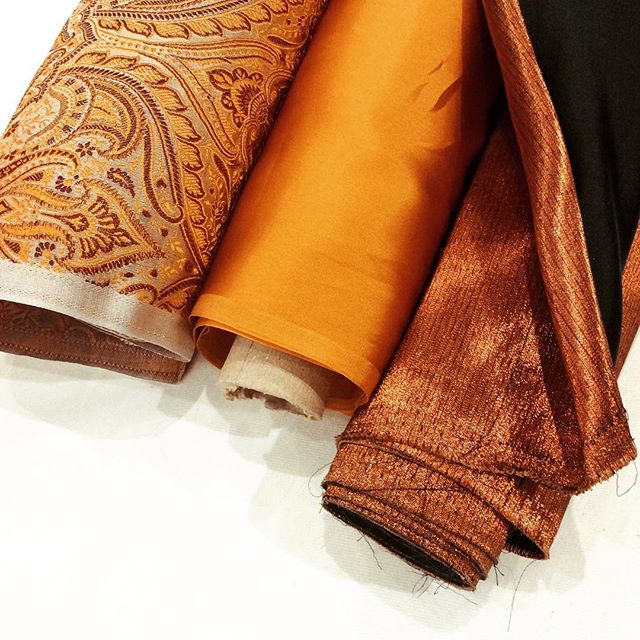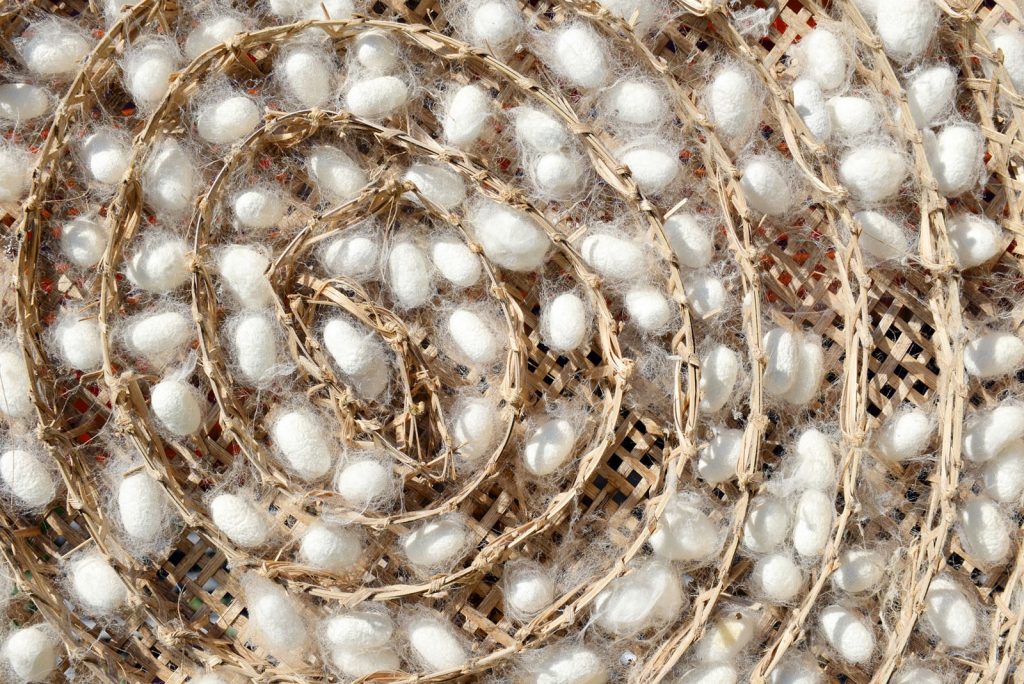
Silk is a luxurious fabric that has been treasured for thousands of years. It is known for its softness, luster, and strength, and is often used to make clothing, bedding, and accessories. But where does silk come from? In this article, we will explore the origins of silk and how it is produced.
History of Silk

The history of silk dates back to ancient China, where it was first discovered and cultivated around 2600 BC. The Chinese kept the secret of silk production for many centuries, but eventually, it spread to other parts of Asia and then to Europe.
The Silk Road, a network of trade routes that connected China to the Mediterranean, was instrumental in the spread of silk throughout the world. Merchants traveled along the Silk Road, exchanging goods, ideas, and technologies, and silk became one of the most prized commodities.
Silk Production

Silk is produced by the silkworm, the larva of the silk moth. The silkworm spins a cocoon made of a single strand of silk that can be up to 900 meters long. The cocoon protects the silkworm as it transforms into a moth.
To harvest the silk, the cocoons are placed in boiling water, which kills the silkworms and loosens the silk fibers. The fibers are then unwound from the cocoon and spun into thread. It takes about 2,000 to 3,000 cocoons to produce one pound of silk.
Silk Cultivation

Silk cultivation involves raising silkworms to produce the cocoons. The process begins by placing the silkworms on a bed of mulberry leaves, which they feed on. The silkworms grow rapidly and molt several times before spinning their cocoons.
Once the cocoons are harvested, they are sorted by color and quality. The best quality silk comes from the first cocoon that the silkworm spins, while lower quality silk comes from the later cocoons.
Silk Varieties

There are several varieties of silk, each with its own unique characteristics. Mulberry silk is the most common type of silk and is known for its softness and durability. Tussah silk is a wild silk that is produced by silkworms that feed on oak leaves. It has a coarser texture and is often used for upholstery and curtains. Eri silk is a vegan silk that is produced by silkworms that are allowed to emerge from their cocoons before the silk is harvested.
Uses of Silk

Silk is a versatile fabric that can be used for many different purposes. It is often used to make clothing, such as dresses, blouses, and ties, as well as lingerie and sleepwear. Silk is also used for bedding, such as sheets and pillowcases, as well as for decorative items, such as curtains and upholstery.
Caring for Silk

Silk is a delicate fabric that requires special care. It should be hand washed or dry cleaned, and should never be placed in a dryer. Silk should be ironed on a low heat setting, and should be stored in a cool, dry place.
Conclusion
Silk is a beautiful and luxurious fabric that has been treasured for centuries. It is produced by the silkworm and is harvested from cocoons. Silk cultivation and production are important industries in many parts of the world, and silk is used for a wide variety of purposes. Caring for silk is important to maintain its beauty and durability.